
Technology, our APM network and IT architecture are the core drivers of the InPost ecosystem
- Automated Central Sorting Hub
- Fulfilment
- Remote opening of lockers and sending without labels via the InPost Mobile app
- Chatbot and Interactive Voice Response ('IVR'), optimising the handing of inquiries (claims robots), robotisation of processes
- Artificial Intelligence and Data Science
- Multilocker Service
- Eco-friendly electric vehicles
- Dynamic courier routing
- Refrigerated lockers
- InPost 24-hour Office
- Indoor Parcel Locker
- Parcel Locker with an air quality sensor
- EV chargers near to APMs
- Screenless Parcel Locker
- Solar-powered Parcel Locker
- E-grocery
- Same Day Delivery
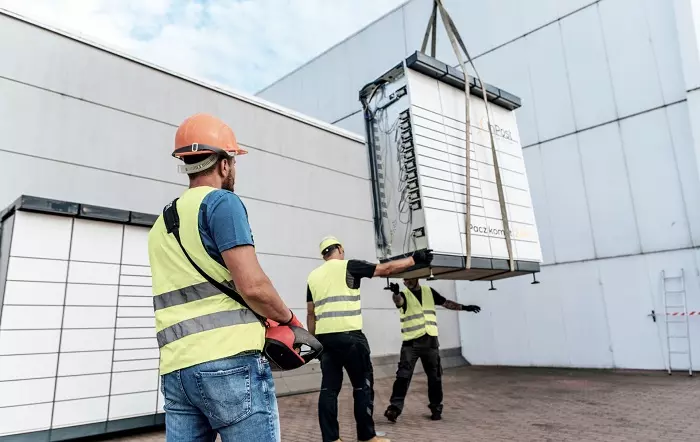
Automated Parcel Machines
Our extensive network of APMs represents a more convenient, cheaper and greener option in comparison to to-door delivery. 24/7 accessibility and pick-up experience make the APM an attractive delivery option for consumers.
APM delivery plays an increasingly important role in e-commerce ecosystem as it solves a number of critical challenges and promotes a superior customer experience.
Our development is based both on many years of experience, know-how and continuous deepening of knowledge about the consumer as well as developed structures and competences of the R&D department.

InPost Mobile
In order to enhance the consumer experience and user friendliness of APM services, InPost has developed a consumer-facing mobile application 'InPost Mobile'. The application has transformed customer behaviour and engagement with all InPost services.
The app enables contactless opening of APM lockers, tracks shipping and delivery information for parcels, facilitates searching of APM locations and third-party pick-up and provides a notification if a consumer is near an APM location where a parcel is ready for pick-up.
InPost's return services and new 'labelless' shipment of parcels from consumers to other consumers or businesses also operate through the app.
InPost continues to develop the application's functionalities and aims to implement new functionalities for even better customer experience such as the option to extend the pick-up time or redirect a parcel to an APM instead of to-door delivery.
Mobile App Features:
Parcel tracking
Parcel sharing
Parcel radar
Labelless sending from app
Navigating to parcel lockers
Weekend shipments
Multiparcel
InPost map
Remote opening
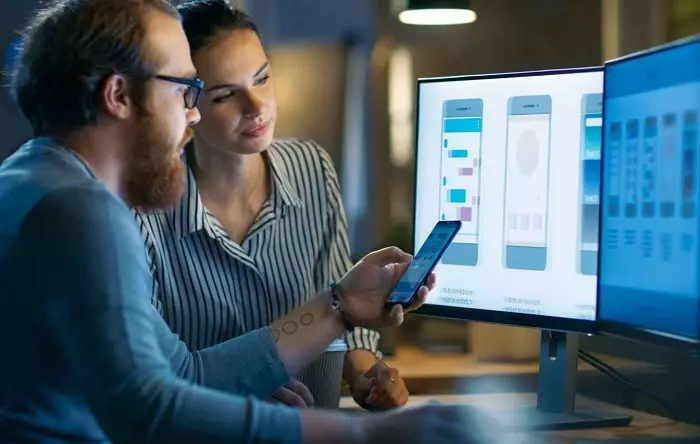
Research & Development
The scope of our R&D is very wide, but our priority is, of course, the further development of parcel lockers. APMs are designed in InPost's in-house R&D facility.
One of the R&D projects was the implementation of the New FM machine. Our experts successfully designed all of its electronics and the first machine was deployed on April 1, 2019. Currently, there are over 9,000 of them, not only on the Polish market but also abroad.
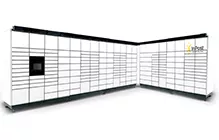
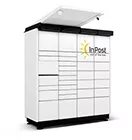
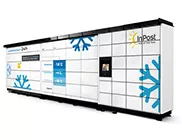
Our key R&D projects are focused on our Go to Green strategy. As part of one of these projects, we designed an electric car charger.
We are also working on the implementation of an energy self-sufficient parcel locker that draws power from photovoltaic modules and the screenless type, which has a user panel designed to be used exclusively via the mobile app.
We continuously work on the design of APMs, which allows us to unlock additional APM locations to be as close as possible to our consumers.
We have recently developed L-shaped and U-shaped APMs which can be placed in a location where a typical straightline APM would not fit. Secondly, we have designed an indoor parcel locker adjusted for use in enclosed spaces such as shopping malls, underground car parks or office buildings.
Each project is divided into several phases. We start with the research phase, during which we search for and analyse the best solutions. Then we move on to a phase of designing, developing and prototyping. The most important stage is the testing phase during which we thoroughly check each of our solutions. Only a validated product can be approved for production.

